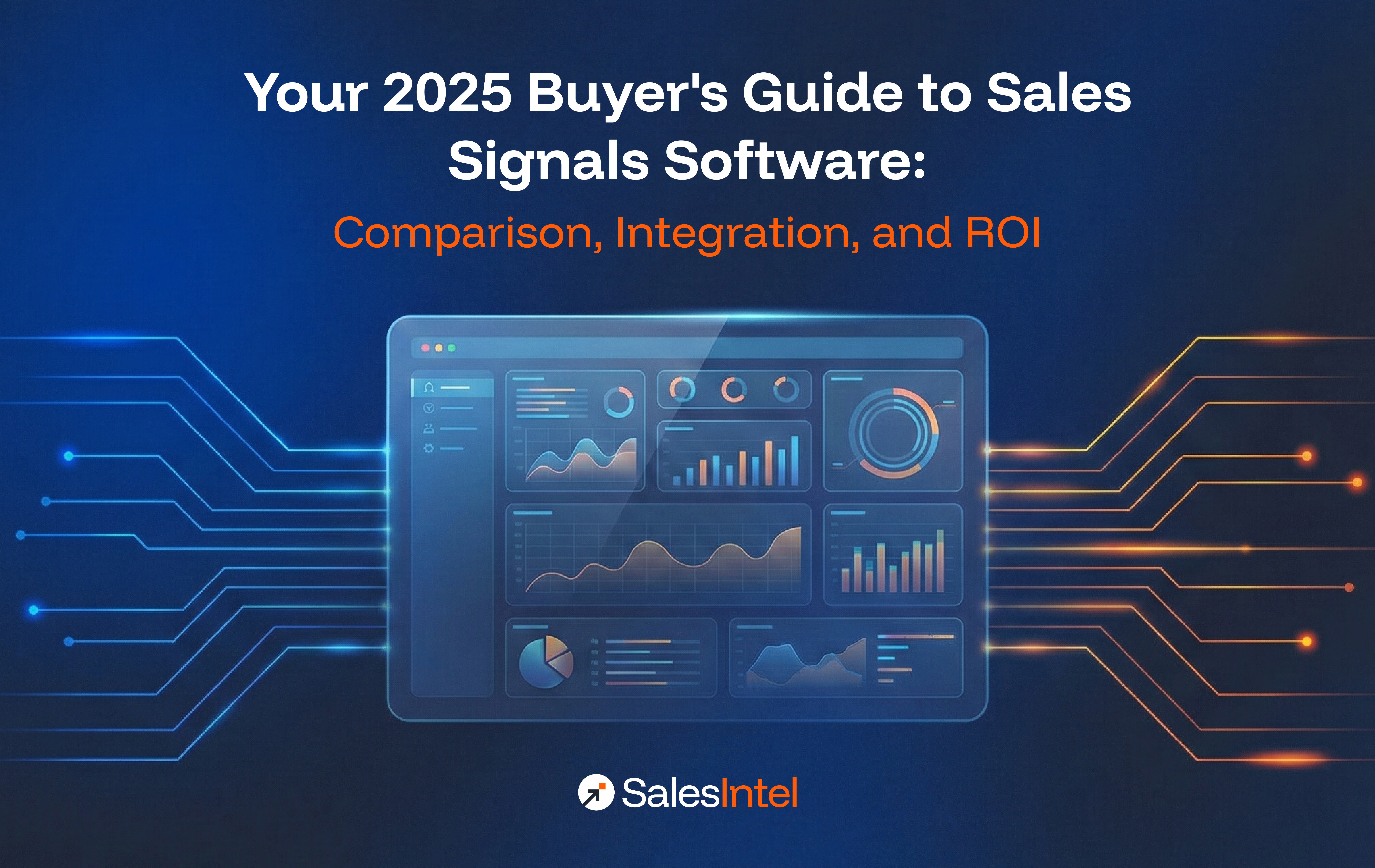Given time, poor and unreliable finds a way to make its way into everyone’s database. A salesperson goes to make a call and finds out the phone is disconnected, or worse, gets the wrong person on the line.
But how does poor data enter your database in the first place? Everyone has to deal with it, but no one is intentionally putting bad data into the database for use.
Let’s go over four of the biggest ways that poor data finds to worm into your database.
Errors in Manual Entry
Whenever there are humans involved in a process, there’s going to be a certain level of human error. When the New York Times publishes the rare typo.
When your team is putting in data, there’s always a small chance for mistakes to be made. Maybe you mishear a prospect on the phone, maybe you mistake one prospect for another, maybe there’s simply a typo or a misclick.
No matter the specifics mistakes will always slip past detection and make their way into the database.
Natural Data Decay
Even if there are no human errors when the data is entered, data naturally decays over time. We have a great breakdown of how this process happens in detail. But, here’s a quick summary.
Every year people switch jobs, change phone numbers, move location, get promoted and more. Whenever someone makes a life change, that impacts the contact information you previously gathered on them.
Unless you’re taking the time to re-verify/update data each year then as much as 32% of your database can be out of date by the time a year passes.
Zero CRM Maintenance
As if natural data decay wasn’t bad enough, not taking time to clean out and improve your CRM data makes the matter worse. A skilled CRM admin can take measures to remove bad data and keep decaying or wrong data from impacting your bottom line.
But if a CRM isn’t maintained, it’s easy for mistakes to be made and bad data to be used over and over again. Old lists and leads can end up getting calls and emails when they’re not supposed to. Data that was removed can be re-synced and erase more accurate data.
There’s a host of issues that can happen when your CRM isn’t given the long-term attention it needs.
Buying Unverified Data Lists
The easiest way to acquire bad data is the same as the easiest way to acquire data in general: you buy it. Whenever you buy a list, you can expect their data has undergone the normal data decay, human error, and lack of maintenance that any other database has.
But if the data isn’t re-verified by your team, all those mistakes on the vendor’s end go straight into your database.
Regularly updating, cleaning, and double-checking your data is the only way to get poor data out of your system. For example, SalesIntel re-verifies our contact data every 90 days to make sure it’s accurate before offering it to customers.
Bad data is unavoidable, but it’s possible to make sure it’s doing the least amount of damage possible.




